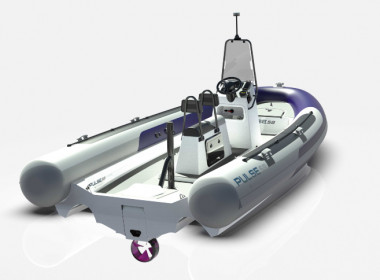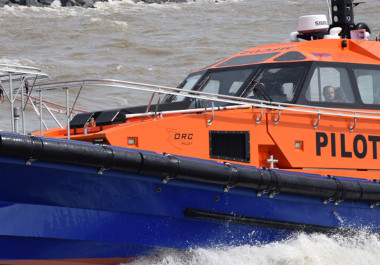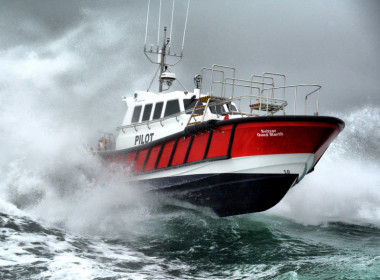FEATURE | UK project to determine feasibility of electric foiling systems on pilot boats
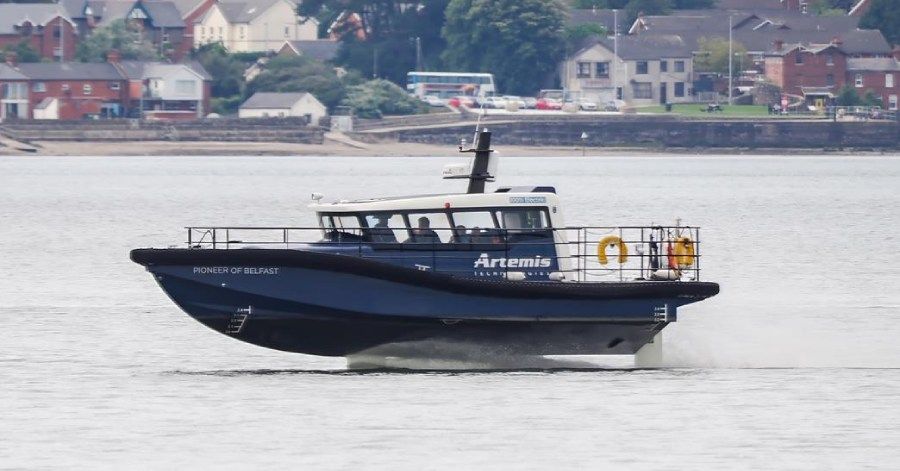
Belfast, UK-based engineering company Artemis Technologies has embarked on a project wherein its proprietary electric hydrofoil installation will be fitted on an existing pilot boat.
The goal of the project is to determine whether the company’s electric foiling solution can help decarbonise marine pilotage operations, beginning with operations in Belfast Harbour.
Artemis Technologies has partnered with Belfast Harbour for the project. Jamie Faulkner, deputy harbourmaster at Belfast Harbour, said the project is in line with the port’s goal of adopting green, smart technologies with the end objective of achieving net zero by the start of the next decade.
Low-emission and efficient alternative technology
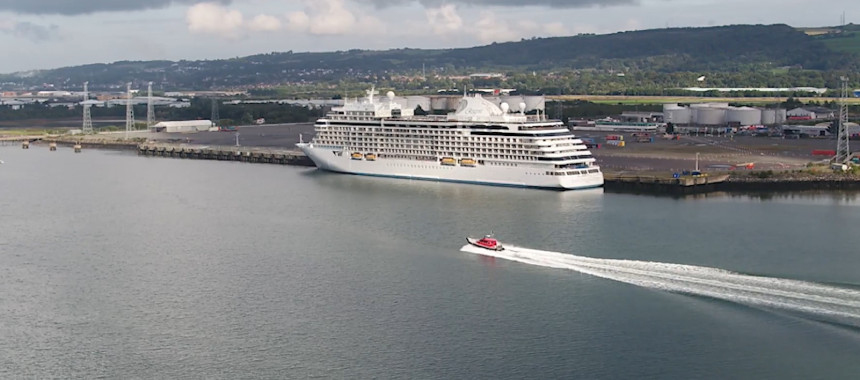
As pilot transfer operations are performed under a broad range of weather conditions, such operations can have a significant impact on how ports operate. Fuel consumption – particularly keeping it to a minimum – will be a key point, as these vessels often need to sail at high transit speeds, and thus consume more fuel, to place themselves in ideal positions for transferring pilots onto larger ships.
Gareth Chisholm, programme manager at Artemis Technologies, said there are an estimated 3,200 pilot boats in operation around the world emitting a total of approximately 820,000 tonnes of CO2 per year.
Faulkner commented that the main potential for having a pilot boat with all-electric propulsion would be low carbon emissions. There are also other advantages offered by the foiling solution including almost no wake and significantly reduced noise, thus minimising impact on the local wildlife near a port, as the vessel is able to fly over the water.
Integration of the drivetrain into the T section of the foil underwater removes the requirement for a driveshaft in the vertical structure. Artemis said this not only increases efficiency of the mechanical system, it means that the foils are highly efficient, thus generating no wake even when operating at high speeds. Since the electric drivetrain is fully submerged, the hydrofoil installation also generates significantly reduced noise and eliminates occupants’ fatigue.
Plans for future implementation

Chisholm added that the solution combines high-powered electric propulsion with autonomously controlled hydrofoils. Prior to installation on existing boats, the partnership will collect data on typical pilot boat operations. The data will then be combined with Artemis Technologies’ simulation digital twin modeling tools to recreate and run full-motion simulations of the foiling system under typical pilot boat operational cycles.
The results of the simulations and models will then be used to craft various reports including a regulatory roadmap, reports on potential lifecycle emissions, and plans for a large-scale demonstration as part of a series of real-world trials.




